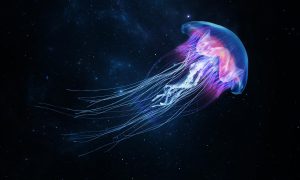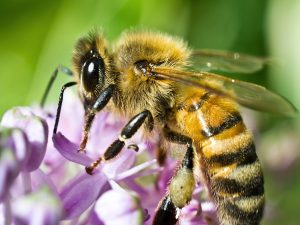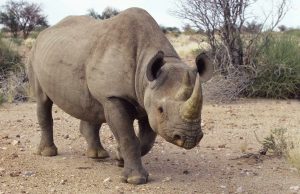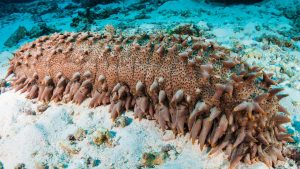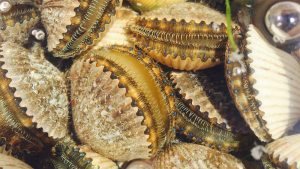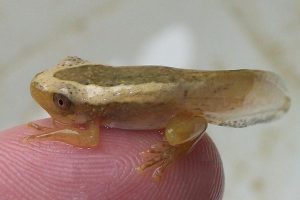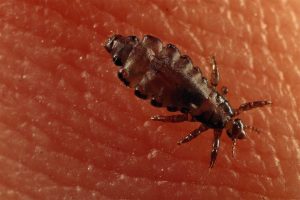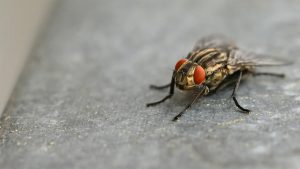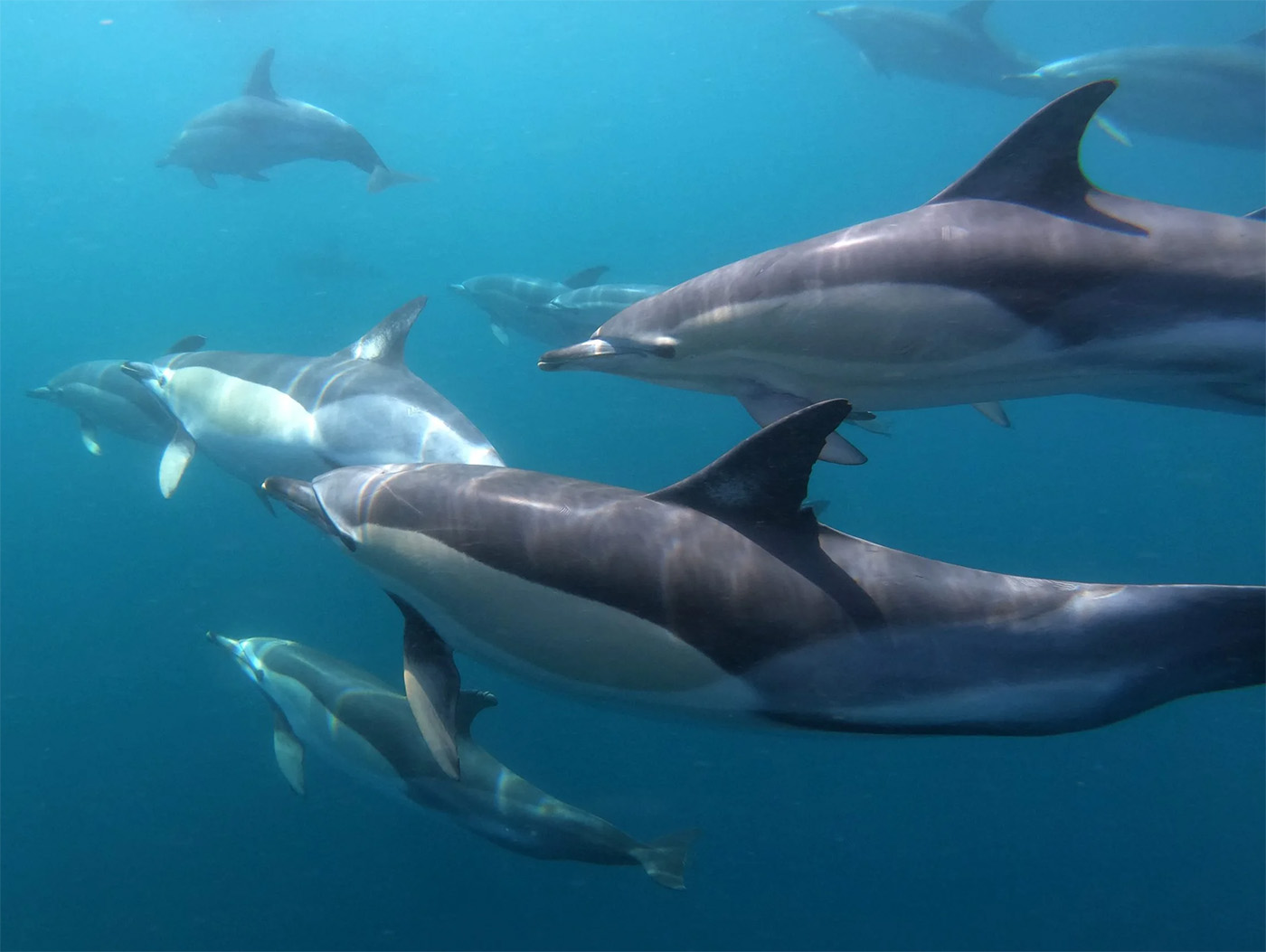
28 interesting facts about dolphin
- 👁️ 1186
Dolphins are fascinating creatures that have captured the imagination of people for centuries. With their playful nature, intelligent demeanor and social behaviour, they are one of the most popular marine mammals in the world. Here are 28 fascinating facts about dolphins.
- Dolphins belong to the family Delphinidae, which is part of the order Cetacea that also includes whales and porpoises.
- There are over 40 species of dolphins in the world.
- Dolphins are found in oceans and seas all over the world, from tropical to temperate waters.
- The largest dolphin species is the Orca, also known as the Killer Whale, which can grow up to 30 feet long.
- The smallest species of dolphin is the Maui’s Dolphin, which is found in New Zealand and only grows to about 5 feet in length.
- Dolphins are excellent swimmers, able to reach speeds of up to 20 miles per hour.
- Dolphins have a streamlined body shape which helps them swim efficiently and reduces drag.
- Their tails, known as flukes, move side-to-side to propel themselves forward, while their flippers and dorsal fin provide stability and steering.
- Dolphins are intelligent creatures and have a large brain, second in size only to humans.
- They are social animals and live in groups called pods, which can range from a few individuals to hundreds of dolphins.
- Dolphins communicate with each other using a variety of sounds, including clicks, whistles and body language.
- They use echolocation to navigate and find food, emitting high-pitched sounds and listening for the echoes to determine the location and distance of objects.
- Dolphins feed on a variety of prey, including fish, squid and crustaceans.
- They are carnivores and will consume up to 30 pounds of food per day.
- Dolphins are known for their playful behaviour, often surfing in the wakes of boats or playing with objects in the water.
- They have been known to use tools, such as seaweed, to corral fish for easier hunting.
- Dolphins are known to exhibit complex emotions and have been observed exhibiting grief, joy, and empathy.
- They have been observed working together to hunt and care for injured individuals.
- Dolphins have a gestation period of about 11 months and give birth to a single calf.
- The mother will nurse her calf for several years and provide protection and care until it is independent.
- Dolphins have a lifespan of 20 to 30 years in the wild, and up to 50 years in captivity.
- Some species of dolphins, such as the Bottlenose Dolphin, are trained and used in aquarium shows and research facilities.
- Dolphins have been known to form close bonds with humans, including rescuing swimmers from dangerous surf or helping to free entangled individuals.
- Dolphins are facing numerous threats, including overfishing, pollution, climate change and hunting.
- Some species of dolphins, such as the Vaquita and Ganges River Dolphin, are considered endangered.
- Conservation efforts, including protected areas, fishing restrictions and clean-up efforts, are underway to help protect dolphin populations.
- Dolphins have been depicted in art, literature, and popular culture for centuries, and are a symbol of intelligence, playfulness, and freedom.
- They have been studied extensively for insights into their behaviour, biology and communication, leading to a greater understanding of these remarkable creatures.
